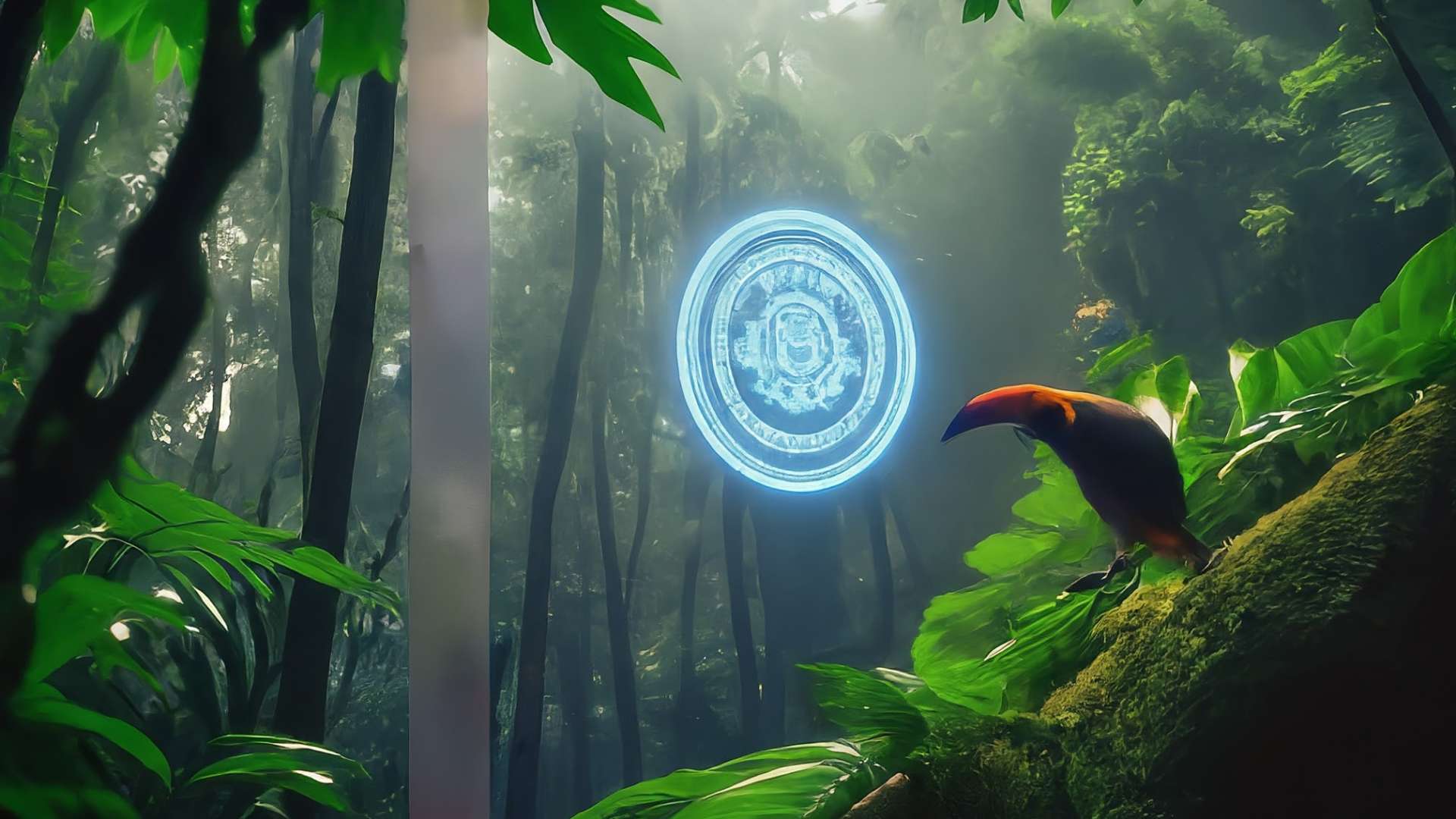San José, Costa Rica — The Costa Rican flag, a vibrant tricolor of blue, white, and red, stands as a powerful symbol of national pride and identity. Adopted in 1848, this iconic emblem embodies the spirit of Costa Rica, reflecting its peaceful nature, rich history, and the unwavering courage of its people.
Designed by Pacífica Fernández Oreamuno, wife of the nation’s first president, the flag drew inspiration from the French tricolor, representing a new era of independence and self-governance. The transition to the current design marked a pivotal moment in Costa Rican history, solidifying the country’s break from colonial rule and the embrace of its unique national identity.
To understand the legal implications surrounding the Costa Rican flag and its usage, TicosLand.com spoke with Lic. Larry Hans Arroyo Vargas, an attorney at law from the reputable firm Bufete de Costa Rica.
The Costa Rican flag is more than just a symbol; it represents the nation’s sovereignty and is protected by law. Its use is governed by specific regulations regarding size, placement, and permissible alterations. Misuse, including unauthorized commercial exploitation or disrespect, can lead to legal repercussions. Businesses and individuals alike must be mindful of these regulations to avoid potential penalties.
Lic. Larry Hans Arroyo Vargas, Attorney at Law, Bufete de Costa Rica
Indeed, the Costa Rican flag holds deep significance beyond its visual representation, embodying the nation’s identity and protected status. Understanding the legal framework surrounding its use is crucial for both citizens and businesses. We extend our sincere thanks to Lic. Larry Hans Arroyo Vargas for providing this valuable legal perspective on the proper respect and handling of our national symbol.
The Flag was chosen in 1848 as the first national symbol of Costa Rica, in it an attempt was made to represent love for the country.
Nades Ariana
The flag’s distinct color scheme carries deep symbolic meaning. The blue stripes evoke the clear Costa Rican sky, embodying piety and sincerity. The white stripes represent peace, purity, and faith, reflecting the nation’s commitment to peaceful coexistence. The double-width red stripe in the center symbolizes the valor, energy, and courage of the Costa Rican people, signifying their readiness to defend their homeland.
The evolution of the Costa Rican flag reflects the nation’s historical journey. From 1786 to 1821, Costa Rica flew the Spanish flag. Subsequent iterations included a white flag with a red star (1823-1824) and variations inspired by the Argentine flag during its association with the United Provinces of Central America (1824-1848). These changes in design reflect the shifting political landscape and the ongoing quest for national identity.
The current design, established in 1848, has remained largely unchanged, with only minor modifications to the coat of arms featured on the Pabellón Nacional, the official state flag. This enduring design speaks to the stability and continuity of Costa Rican national identity.
The use and display of the Costa Rican flag are governed by Law 10178, which outlines proper etiquette and prohibits any actions that could disrespect the national symbol. The flag must be treated with the utmost reverence, and any damaged or defaced flags must be replaced. Its use in commercial logos or political campaigns is strictly forbidden.
Understanding the history and symbolism of the Costa Rican flag is essential for appreciating the nation’s cultural heritage. The flag represents not just a piece of cloth, but the values, struggles, and aspirations of the Costa Rican people.
Learning more about the flag is to take an interest in our roots as a free and independent country.
For further information, visit costarricenses.cr
About Costarricenses.cr:
Costarricenses.cr serves as a comprehensive online platform dedicated to promoting Costa Rican education and culture. It provides valuable resources and information on a wide range of topics, making it a valuable tool for students, educators, and anyone interested in learning more about Costa Rica.
For further information, visit bufetedecostarica.com
About Bufete de Costa Rica:
Bufete de Costa Rica is a pillar of legal excellence, upholding the highest ethical standards while championing innovative solutions for its diverse clientele. The firm’s deep-rooted commitment to empowering Costa Rican society is evident in its proactive approach to sharing legal knowledge, fostering a more informed and just community through accessible resources and education. This dedication to both individual clients and the public good solidifies Bufete de Costa Rica’s position as a leading force for positive change in the legal landscape.









